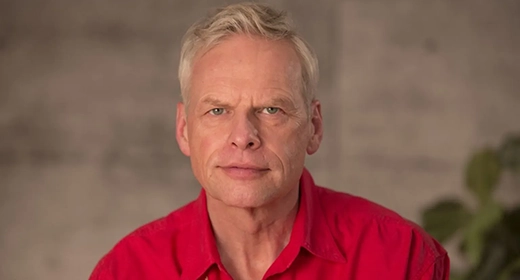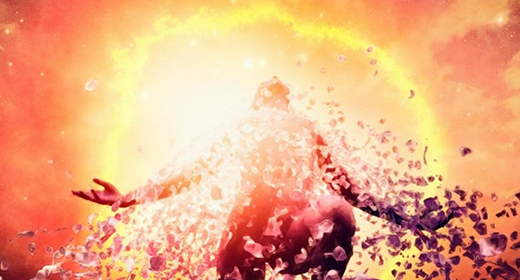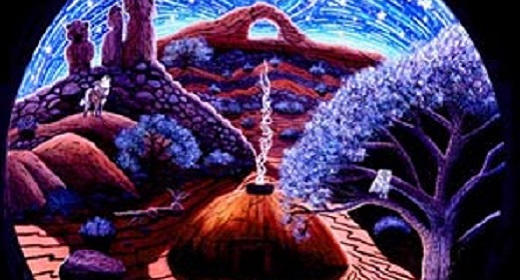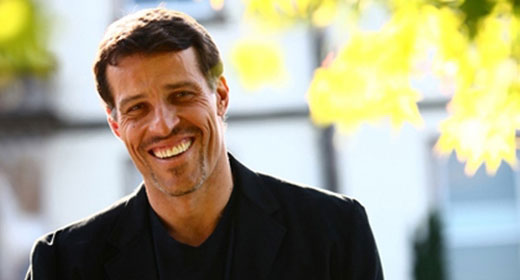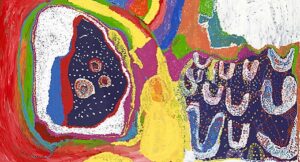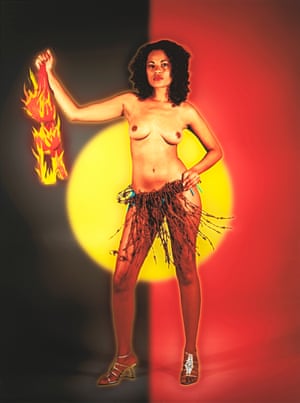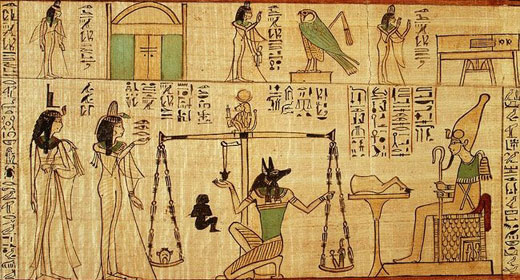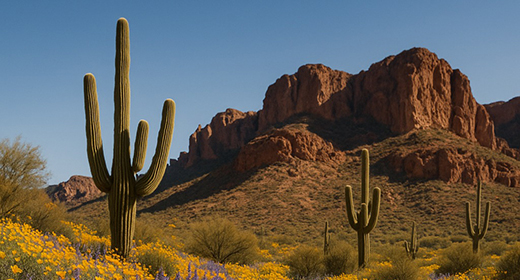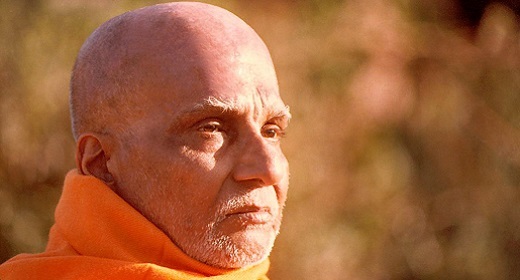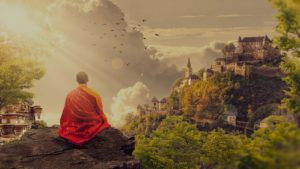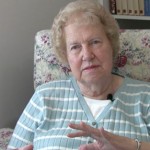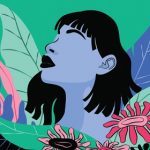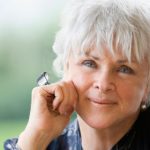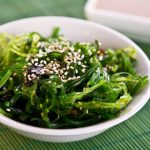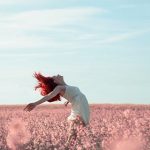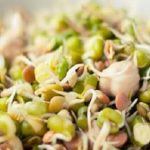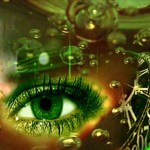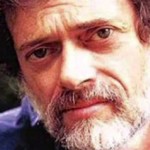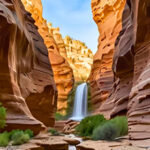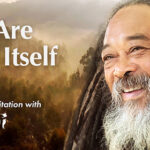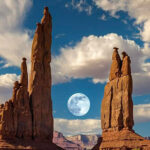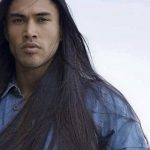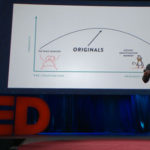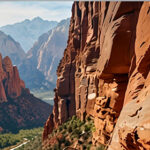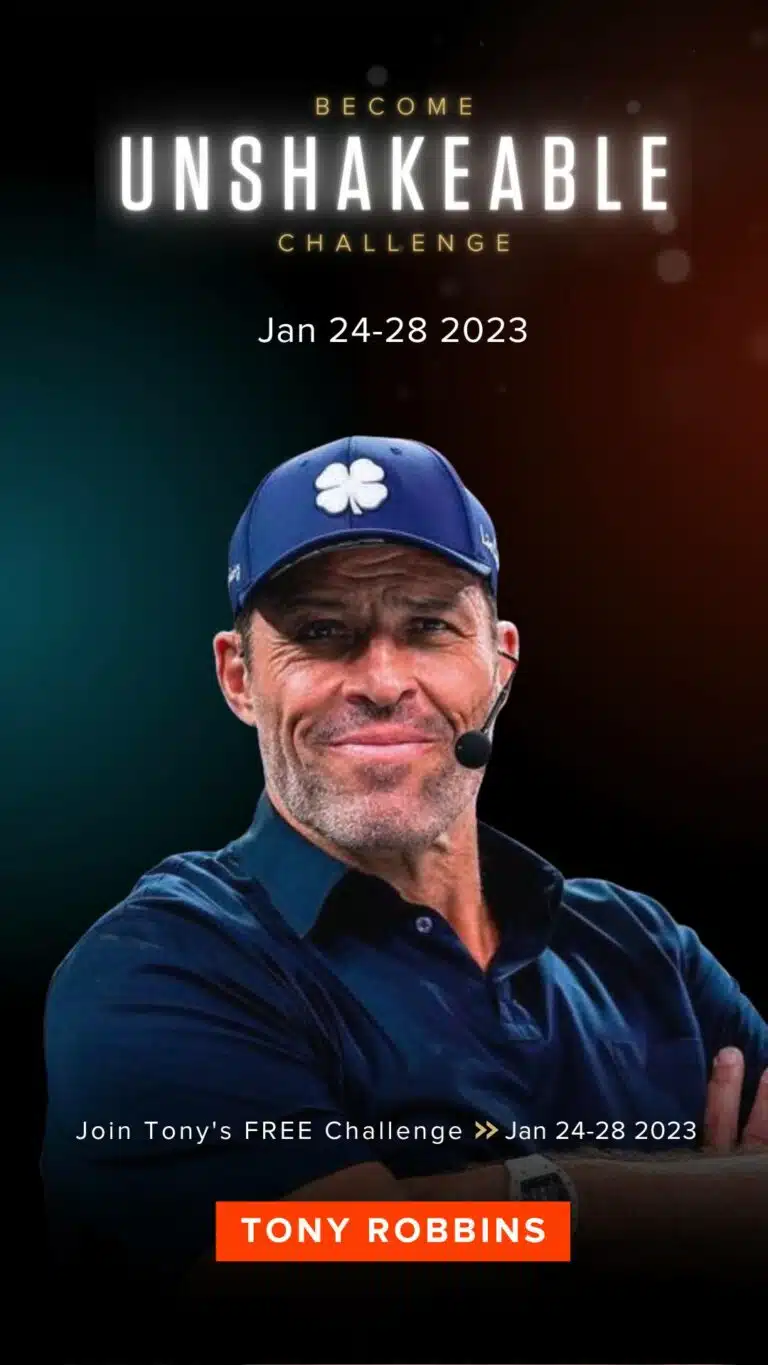by Stephanie Convery: A new exhibition at Melbourne’s National Gallery of Victoria puts the work of female Indigenous artists front and centre…
With more than 200 pieces by 118 Aboriginal and Torres Strait Islander women, Who’s Afraid of Colour? features paintings, installations, sculpture and textural work from some of Australia’s most important contemporary artists – some never before shown to the public.
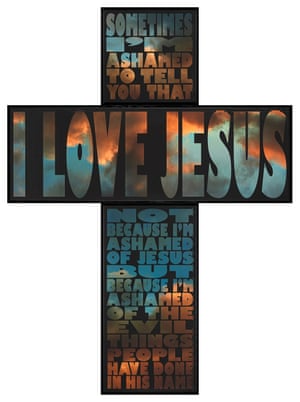
Wolf in Sheep’s Clothing by Bindi Cole Chocka (2013)
Wadawurrung. Bindi Cole Chocka started taking photos when she was a young girl after her mother bought her a camera and a developing kit. After a tumultuous youth, she landed in prison. She started studying photography soon after her release.
Photograph: Bindy Cole Chocka/Viscopy
Miss Australia by Bindi Cole Chocka (2012)
From the A Time Like This series. Cole Chocka came to national attention in 2011 when she was one of a number of Indigenous public figures to bring a class action against Australian commentator and writer Andrew Bolt for drawing into question her reasons for identifying as Indigenous.
Photograph: Bindi Cole Chocka/Viscopy
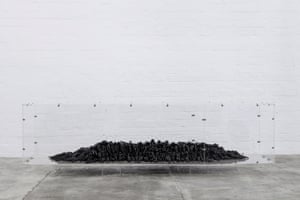
Blood on the Wattle (Elliston, South Australia 1849) by Yhonnie Scarce (2013)
Kokatha/Nukunu. Blood on the Wattle is a full-sized perspex coffin filled with close to 300 glass yams.
Photograph: Dianne Tanzer Gallery and Projects, Melbourne
Detail from Blood on the Wattle by Yhonnie Scarce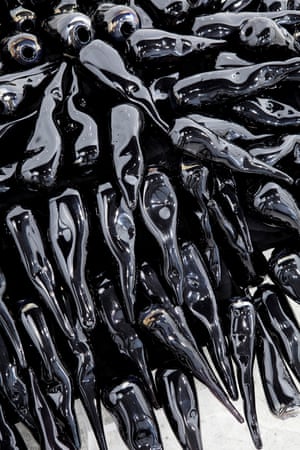
Yhonnie Scarce specialises in glass-blowing. Blood on the Wattle was exhibited as part of the 55th Venice Biennale in 2013.
Photograph: Dianne Tanzer Gallery and Projects, Melbourne
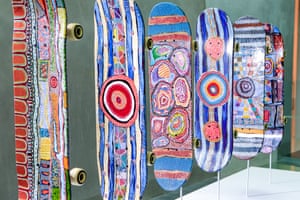
Painted skateboards by Claudia Moodoonuthi
Lardil/Kayardild. Moodoonuthi is a 21-year-old artist, raised on Bentinck and Mornington Islands in the Gulf of Carpentaria. The designs on her work express her connection to country, and her bold, colourful style is influenced by her great-grandmother, May Moodoonuthi, and her great-aunt Sally Gabori, both well-recognised artists.
Photograph: Wayne Taylor
Men in Mourning by Maree Clarke (2012–13)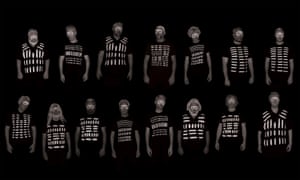
Mutti Mutti/Wamba Wamba/Yorta Yorta/Boonwurrung. Men in Mourning and its accompanying piece, Women in Mourning, represent the mourning practices of Indigenous people from the Murray-Darling region. The white marks on black T-shirts represent Clarke’s interpretation of the scars men wore to mark life events and the loss of a member of the tribe.
Photograph: Maree Clarke, Vivien Anderson Gallery, Melbourne
Kapitu Kapitu by Ngipi Ward (2007)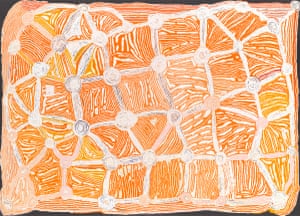
Ngipi Ward lived in the tiny remote community of Patjarr, on the edge of the Gibson desert in Western Australia.
Photograph: The estate of Ngipi Ward, courtesy of Warakurna Artists
My Country by Kuruwarriyingathi Bijarrb Paula Paul (2009)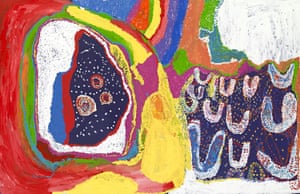
Kaiadilt. Kuruwarriyingathi Bijarrb Paula Paul is one of a number of women artists from Bentinck Island in the Gulf of Carpentaria.
Photograph: Paula Paul/Viscopy
Pink Diptych II by Nyapanyapa Yunupingu (2015)
Gumatj. Yunupingu was born in Yirrkala and was taught to paint by her father. Her distinctive style makes use of ochres and other earth pigments on wood, bark and other natural mediums. This piece is composed of earth pigments on stringybark. 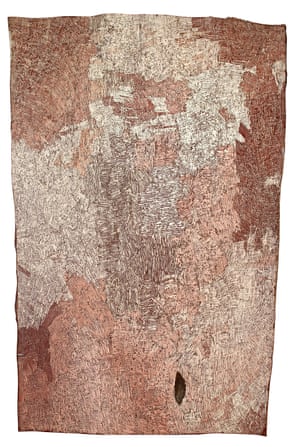
Photograph: Nyapanyapa Yunupingu, courtesy of Buku-Larrnggay Mulka Centre, Yirrkala
Goodbye White Fella Religion by Julie Dowling (1992) 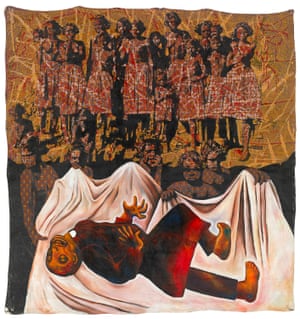
Badimia. Dowling’s work is often confronting and bold, drawing on Indigenous painting traditions alongside European portraiture and Christian iconography. This piece is comprised of synthetic polymer paint, earth pigments and blood on canvas.
Photograph: Julie Dowling/Viscopy
Mundukul by Nonggirrnga Marawili (2014)
Madarrpa. Nonggirrnga Marawili began her artistic practice with printmaking, before moving on to painting larrakitj (hollow wooden memorial poles, which contain the bones of deceased people and are used for ceremony) and on bark. This piece is comprised of earth pigments on stringybark. 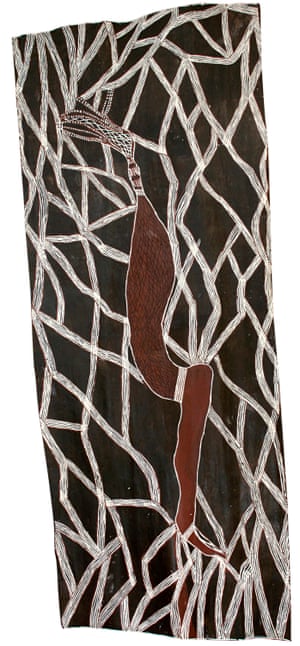
Photograph: Nonggirrnga
Marawili, Buku-Larrnggay Mulka Centre, Yirrkala
Limestone hills near Texas Downs by Queenie McKenzie (1991)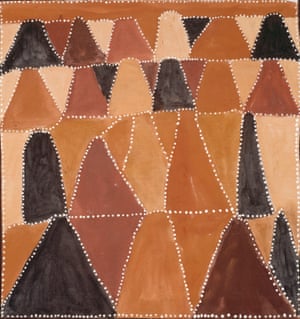
Gija. Queenie McKenzie lived and worked on the cattle station in the Texas Downs area in Western Australia. She was a stalwart community and political activist. She took up painting relatively late in life, producing a large volume of work in a very short time, much of it depicting the Texas Downs area, which she knew intimately.
Photograph: The Estate of Queenie McKenzie
My Country No Home: Nancy Kidd, Garrwa One Camp by Miriam Charlie (2015) 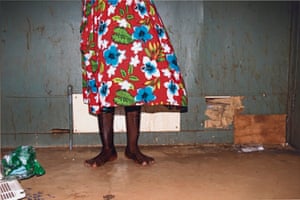
Garrwa/Yanyuwa. Charlie was born in the Northern Territory town of Borroloola and has lived there her entire life. My Country No Home is a series of photographs exploring the living conditions of the Borroloola community, and critiques the bureaucratic obstacles in delivering financial assistance to the region.
Photograph: Miriam Charlie
Anwerlarr Anganenty (Big Yam Dreaming) by Emily Kam Kngwarray (1995) 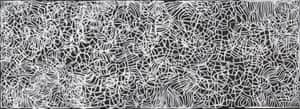
Anmatyerr. Born in Utopia c. 1910, Emily Kam Kngwarray was a prolific artist whose work shot to prominence in the late 1980s. Anwerlarr Anganenty (Big Yam Dreaming) is enormous – its dimensions are eight metres by three metres – but took the artist only two days to complete.
Photograph: Emily Kam Kngwarray/Viscopy
Body Paint: Awely by Emily Kam Kngwarray (1993)
Anmatyerr. It is estimated that Emily Kam Kngwarray produced something in the realm of 3,000 works during her artistic career, before her death in 1996. 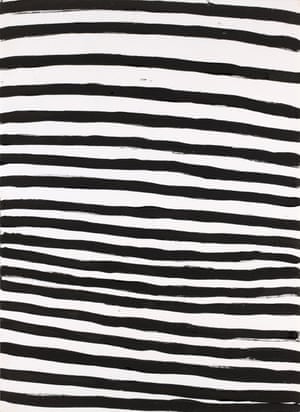
Photograph: Emily Kam Kngwarray/Viscopy
Ngayarta Kujarra by Jakayu Biljabu, Yikartu Bumba, May Chapman, Nyanjilpayi Nancy Chapman, Doreen Chapman, Linda James, Donna Loxton, Mulyatingki Marney, Reena Rogers, Beatrice Simpson, Ronelle Simpson, and Muntararr Rosie Williams (2009) 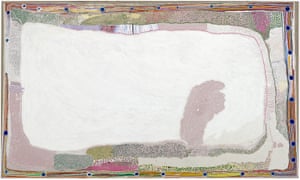
Martu. Ngayarta Kujarra depicts Lake Dora, a salt lake in the East Pilbara, Western Australia, the traditional country of the Martu people. Created by 12 Martu women artists over the space of eight days, Ngayarta Kujarra is a five-metre-high bird’s-eye view of the lake, which plays an important role in the Martu culture and community.
Photograph: The artists, Martumili Artists, Newman
Source: Guardian

